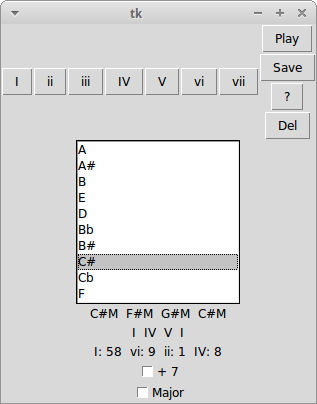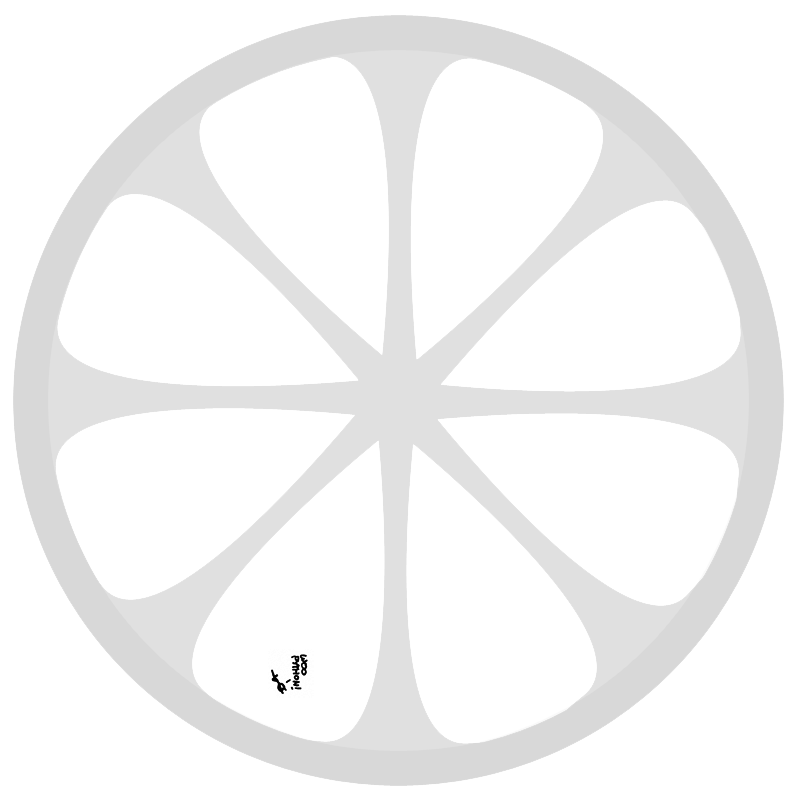My first project at Hacker School was to write a compiler for Forth for the LEGO NXT. There are a few real programming languages for the NXT, but before I found Mirah, I never really enjoyed them.
Initially, I wanted to write a Lisp, but the NXT bytecode is so static that even the concept of a cons cell is not viable.
Forth is a very simple stack based language that uses just that, a stack and subroutines(called words). Surpisingly, the only dynamic feature in the NXT are resizable arrays. I think it’s a good fit.
This is the complete stack implementation in NBC.
#define push(stack, val) \
replace stack.data stack.data stack.offset val \
add stack.offset stack.offset 1
#define pop(stack, val) \
sub stack.offset stack.offset 1 \
index val stack.data stack.offsetMy implementation follows the Boostrapping a Forth in 40 lines of Lua code approach of defining a Forth word that evals the host language.
The only difference is that this Forth is compiled, so there is a word for Clojure and one for NBC.
The main Clojure file just defines an atom to store Forth words, and defines the clj word, which evaluates a Clojure expression.
As soon as that is in place, you’re in Forth land.
First thing we do in Forth is some more Clojure defining “:*” to mean “define clojure word”, and then using “:*” to define 3 more words.
- ”:” start of a Forth word
- ”;” end of a Forth word
- “nbc” write a line of assembly
What follows are a few forth words defined in assembly. At this point, the following works
: square
dup *;
2 square dot
